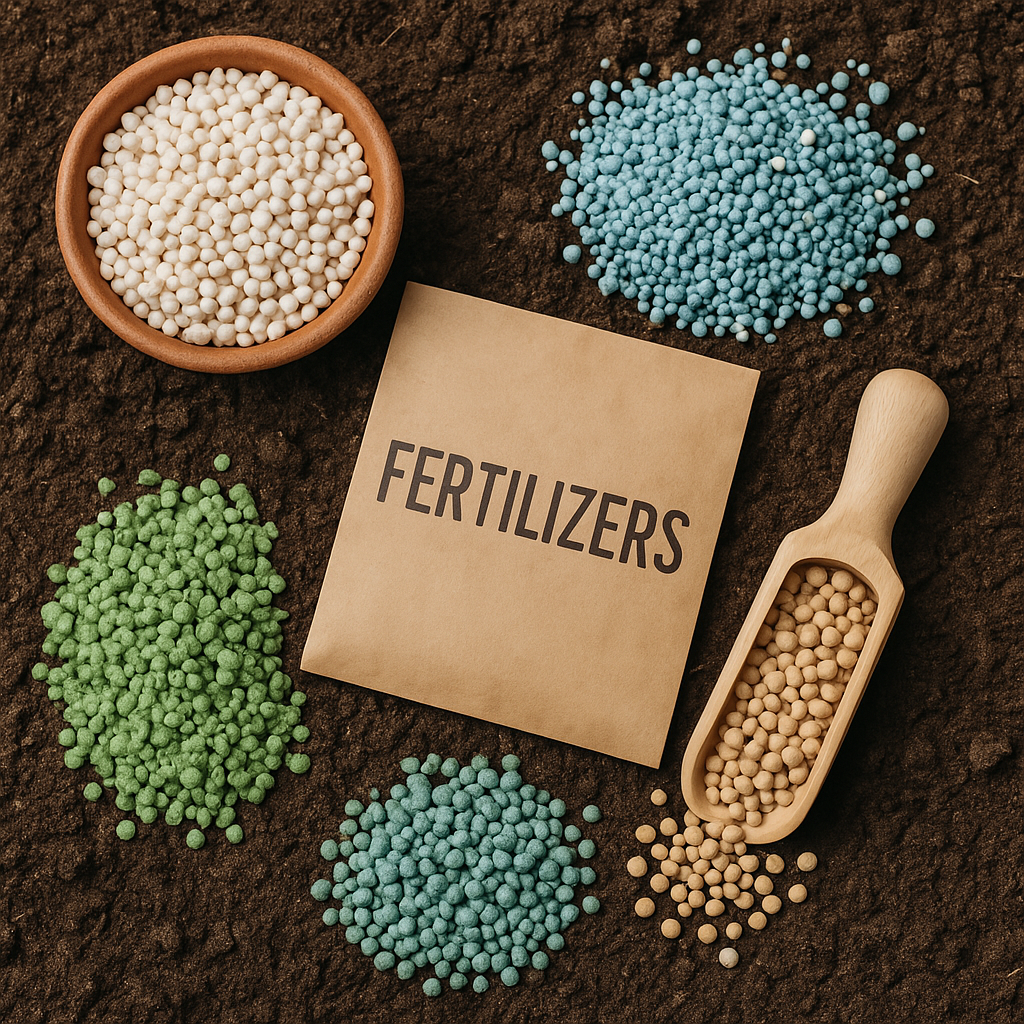According to the latest report titled “Fertilizers Market by Type (Chemical Fertilizers and Biofertilizers), Crop Type (Cereals & Grains, Oilseeds & Pulses, Fruits & Vegetables), Mode of Application (Soil, Foliar, Fertigation), and Region – Global Forecast to 2030” by MarketsandMarkets, the global fertilizers market is projected to grow from USD 230.10 billion in 2025 to USD 281.56 billion by 2030, at a CAGR of 4.1%.
Key Growth Drivers
The global fertilizers market is being shaped by several pivotal factors:
- Rising Global Food Demand: A growing population is intensifying the need for higher agricultural productivity.
- Declining Arable Land & Soil Degradation: These challenges are prompting more efficient and nutrient-rich fertilizer use.
- Increased Adoption of Biofertilizers: Sustainability trends and eco-conscious farming practices are pushing demand.
- Supportive Government Policies: Subsidies and regulatory support in countries like India, China, and the US are stimulating fertilizer use.
- Technological Advancements: The rise of precision agriculture, controlled-release fertilizers, and nutrient-efficient biofertilizers is improving crop yields while promoting environmental stewardship.

Market Dynamics by Segment
Chemical Fertilizers: Dominance of Secondary Macronutrients
Secondary macronutrients, including calcium (Ca), magnesium (Mg), and sulfur (S), hold a substantial market share due to their critical role in plant development. These nutrients are essential for enzyme activation, nutrient uptake, and chlorophyll production. As soil nutrient depletion intensifies due to intensive farming, demand for these fertilizers has surged.
Leading innovations in this segment include:
- Nova Calcium by ICL – a water-soluble calcium nitrate fertilizer.
- EzyFlow Nano Magnesium by Nutrien – targets magnesium deficiencies in crops.
- SoluCN by K+S – enhances calcium uptake for robust crop development.
For complete details, access your PDF copy here
Fertigation: Efficient Nutrient Delivery
Fertigation—a technique that integrates fertilizer application with irrigation—is gaining traction due to its efficiency in nutrient delivery and water conservation. It allows for precise nutrient dosing, reduces wastage, and enhances nutrient uptake by plant roots. This method is especially popular in regions with water scarcity and in the cultivation of high-value crops like fruits, vegetables, and greenhouse plants.
North America: A Dominant Player
North American fertilizers market holds a major share. The region benefits from:
- Widespread adoption of precision farming and agri-tech.
- Large-scale cultivation of nutrient-intensive crops such as corn, wheat, and soybeans.
- Advanced fertilizer application systems and a strong focus on soil health.
Countries like the US and Canada are at the forefront, driven by growing use of controlled-release and biofertilizers, as well as the expansion of fertigation practices. Government initiatives that promote agricultural productivity and sustainability further bolster regional market growth.
Leading Market Players
The report highlights key players shaping the fertilizers market:
- ICL (Israel)
- Yara (Norway)
- K+S Aktiengesellschaft (Germany)
- Nutrien (Canada)
- Mosaic (US)
- CF Industries Holdings, Inc. (US)
- Grupa Azoty (Poland)
- SQM S.A. (Chile)
- OCP (Morocco)
- Syngenta Group (Switzerland)
- SABIC (Saudi Arabia)
With a clear push toward sustainable farming, precision application, and nutrient efficiency, the global fertilizers market is undergoing a transformation. Stakeholders across the agricultural value chain—from manufacturers to farmers—are aligning their strategies with emerging trends that emphasize both productivity and environmental care. As innovations continue to reshape the market landscape, fertilizers will remain a cornerstone of modern agriculture through 2030 and beyond.
